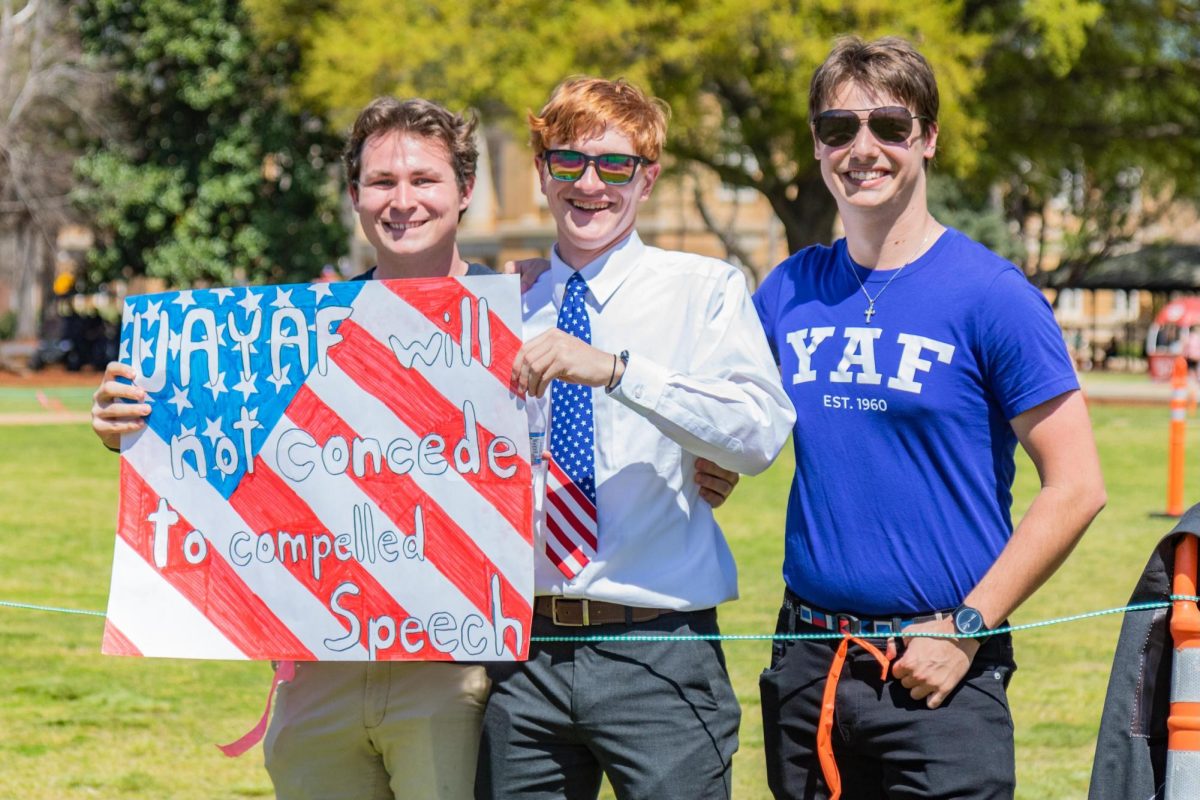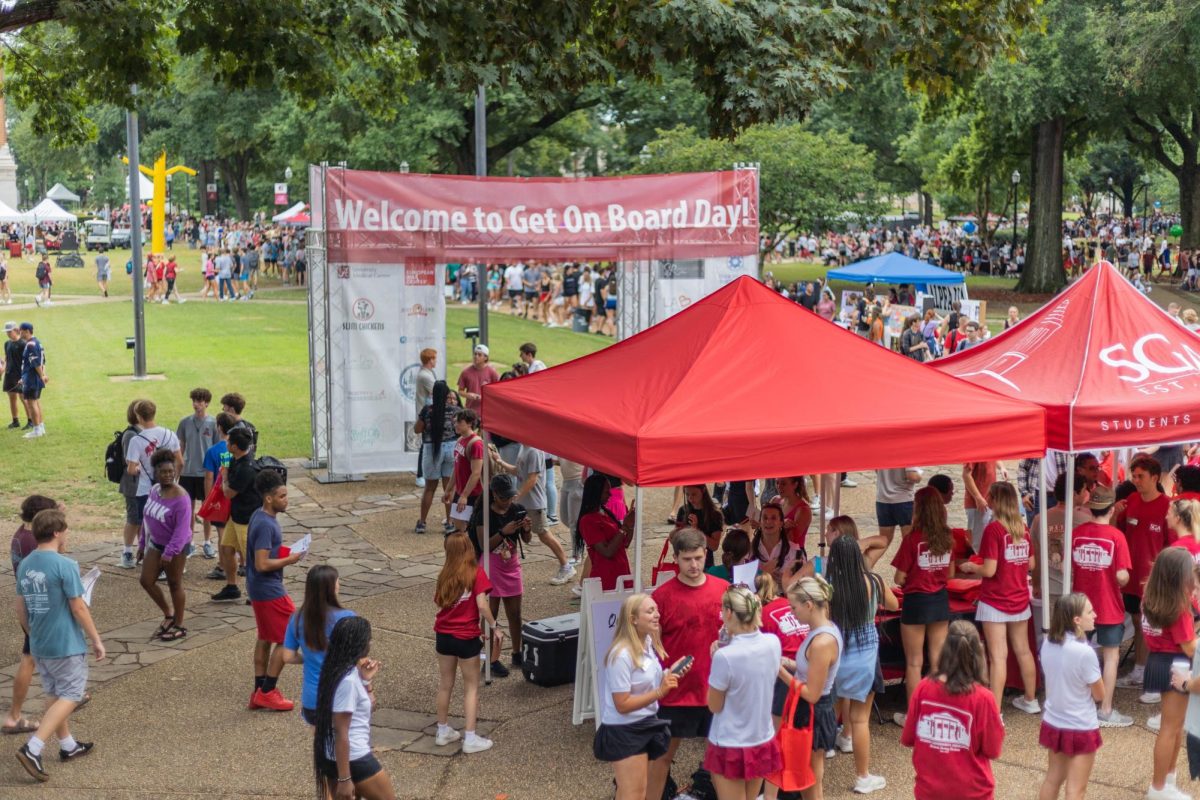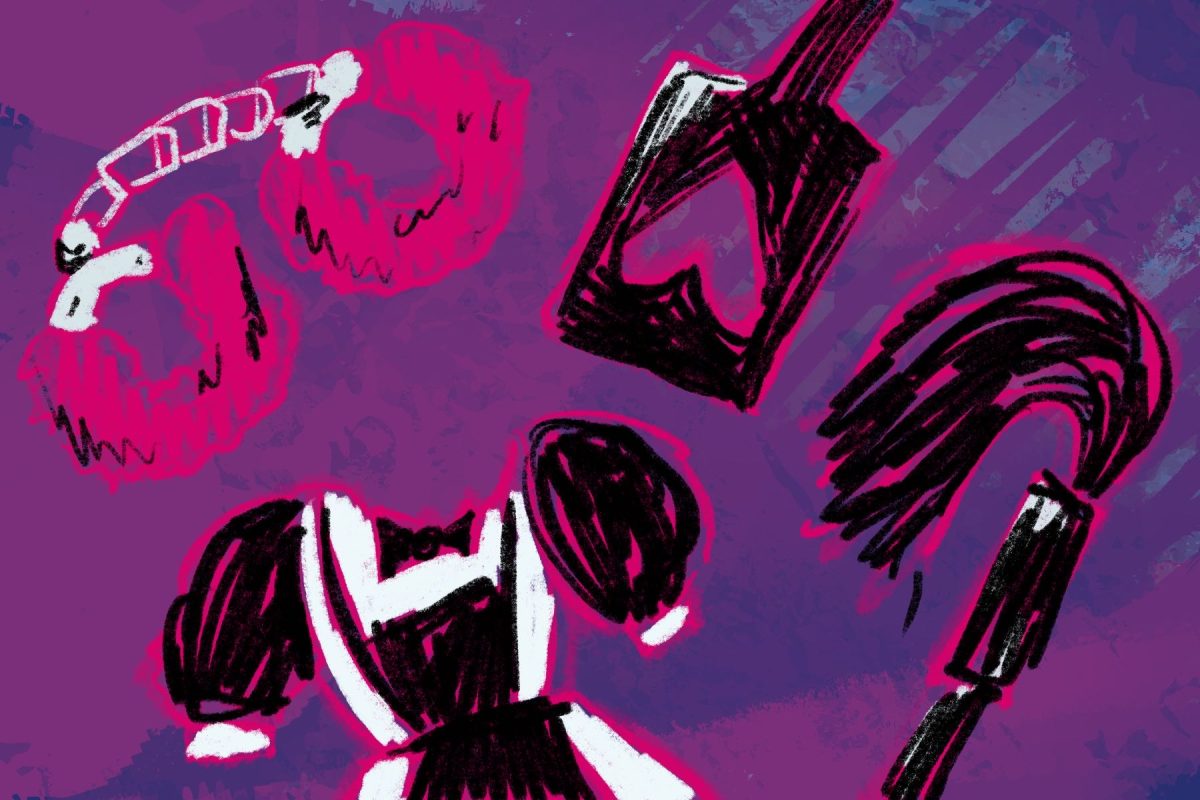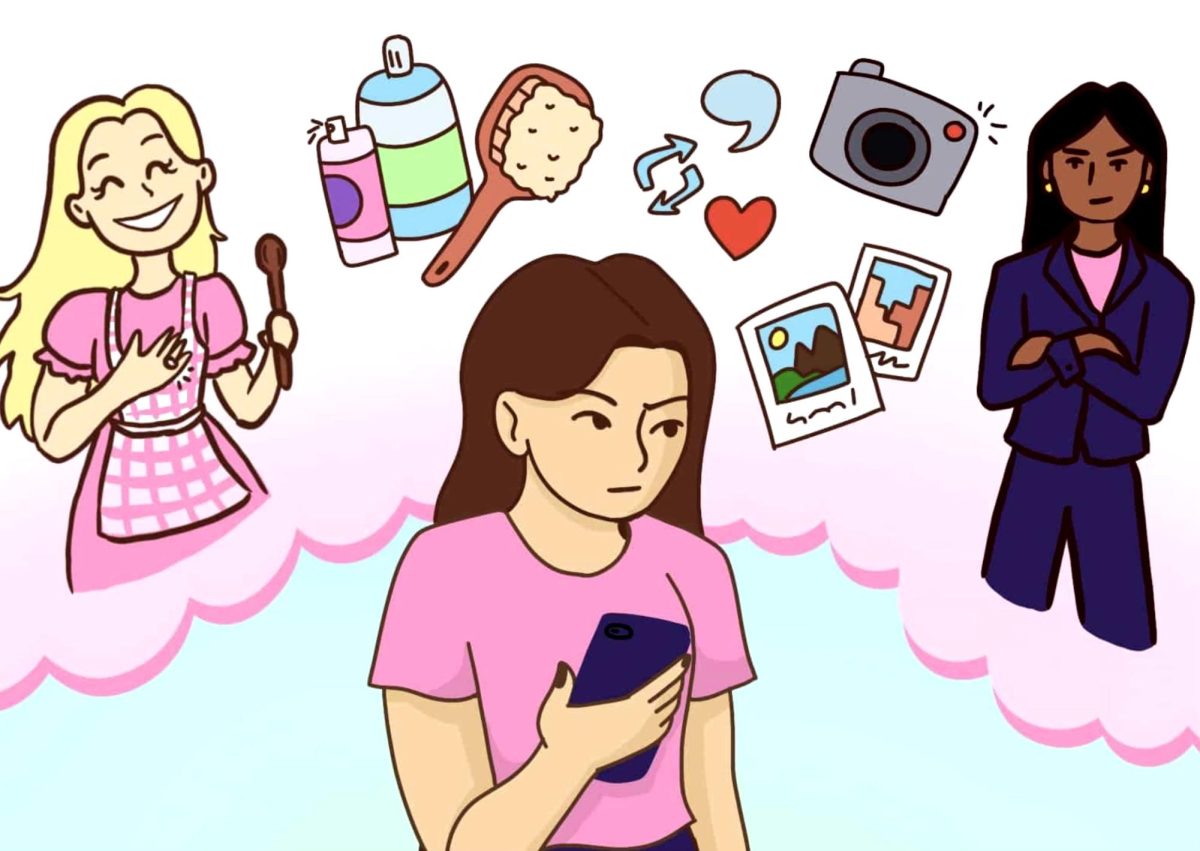As if the rain earlier this week wasn’t enough to make all of us want to skip our classes, the hassle of dealing with the overcrowded CrimsonRide buses is enough to ruin anyone’s day.
After trekking to class through the pouring rain on Tuesday morning, I walked into my large lecture class late and dripping with water. When class was dismissed, I decided that I would take the easier (and drier) way back home by using the CrimsonRide bus.
As soon as the bus pulled up, my hopes for getting to my destination easily were quickly dashed. When the doors opened, there was no sitting or standing room, but luckily some fellow students begrudgingly made a small spot for me right beside the doors.
We started on our cramped route around the Capstone. With the abrupt stops at traffic lights and crosswalks, there were several times that everyone who was standing fell backwards, causing a domino effect throughout the entire bus.
I realize that, because of the rain, this was a bad day for everyone, including the drivers, passengers and even administrators who try to coordinate the whole transportation process. However, the issues that I observed on Tuesday speak to a bigger transportation problem that we have here at the University.
Last year, the bus system wasn’t perfect but it was efficient in getting any student wherever he or she needed to be on campus in an appropriate amount of time. Buses were relatively punctual and were very rarely so crowded that it was uncomfortable for students.
I was disappointed when I returned to the Capstone in August and realized that many of the extremely useful bus routes—like the Coleman-Quad Express—were cut.
Last year, students were able to park in the Coleman Coliseum parking lot and have a quick and efficient way to get to three key stops in the center of campus—Lloyd Hall, Gorgas Library and Bidgood Hall.
Now, students in the same lot must go through stops in front of Moody Music Building, Bryce Lawn, Bryant Hall and the transit hub before they can get to the Quad. From a student’s perspective, our efforts to get to class on time have only been burdened since the number of routes was cut in half.
Throughout last year and the summer, I was able to brag about how painless our transit system was to my friends who attend other universities such as Auburn and Ole Miss. They were shocked as to how convenient and accessible the CrimsonRide was to students. This year, I have had to eat my words.
Last semester, university administrators asked for our opinion and evaluation of the new CrimsonRide system. I can’t imagine that feedback was very positive. I often talk with students around campus who complain about the inefficiency of our campus transit.
My challenge to university administrators is to take what we’re saying to heart. A student-faculty committee dedicated to reforming our transit system would be a great option. This would allow for compromises from both sides.
The CrimsonRide is a great program that university administrators and students should pride themselves on. Compared to other universities in the South, our transit system should be commended. However, we should also recognize the many deficiencies within our system. We must evaluate what does and does not work and, luckily for us, we had a great system last year on which we can base our evaluations.
Austin Gaddis is sophomore majoring in public relations and communication studies. His column runs biweekly on Fridays.








